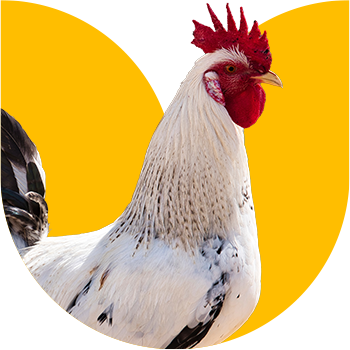What’s on
Experience a working farm … without leaving the city!
Located on the Central Experimental Farm, the museum is a highly interactive, family-friendly experience. Explore our barns, take part in hands-on cooking demonstrations, learn about soil science and experience our engaging exhibitions. The museum makes it fun to see how food makes its way from farm to plate.
Events and activities

Daily demonstrations
Experience the fun and fascination of agriculture and food in Canadians’ lives with engaging daily demos!
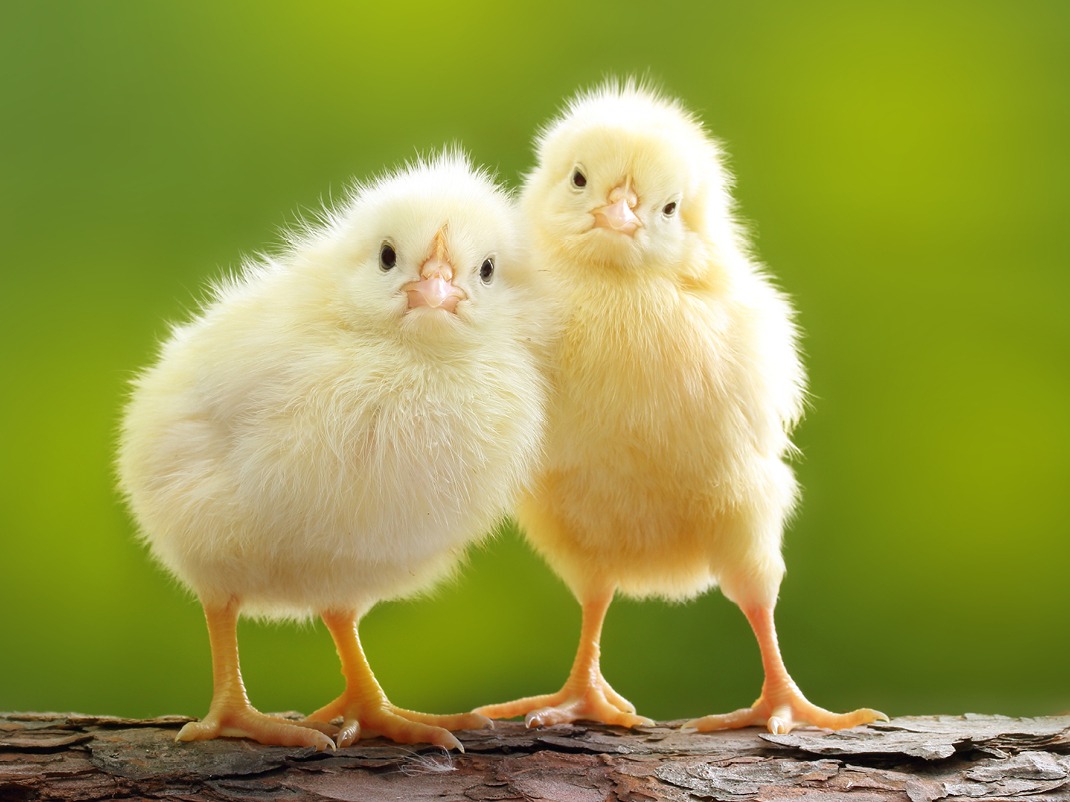
Easter at the farm
Hop on over to the museum on Easter weekend and celebrate the arrival of spring! Advanced tickets are required for Easter at the farm, including for Ingenium members. Special pricing is in effect for this event. Tickets can be booked online starting Tuesday, April 15, 2025 at noon.
Exhibitions

Sustainable Agriculture Gallery
Discover stories of research, innovation, and changing practices related to sustainable agriculture.

Aquaculture: Farming the Waters
Dive in and see how fish, shellfish and seaweed are farmed in Canada.

The Island in the Middle of Everywhere
This stunning photographic exhibition honours the age-old Indigenous presence on Xwe’etay.

Canola! Seeds of Innovation
Explore the development and global impact of this made-in-Canada crop.
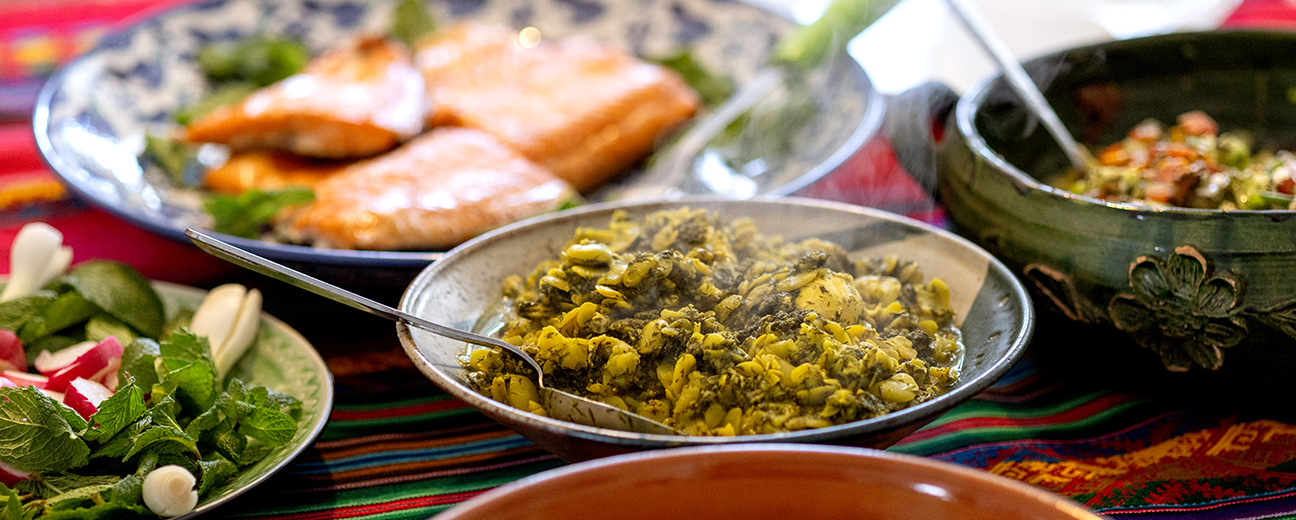
Memories are Made in the Kitchen
Celebrate the stories, technologies, and cherished objects found in diverse kitchens throughout Canada.
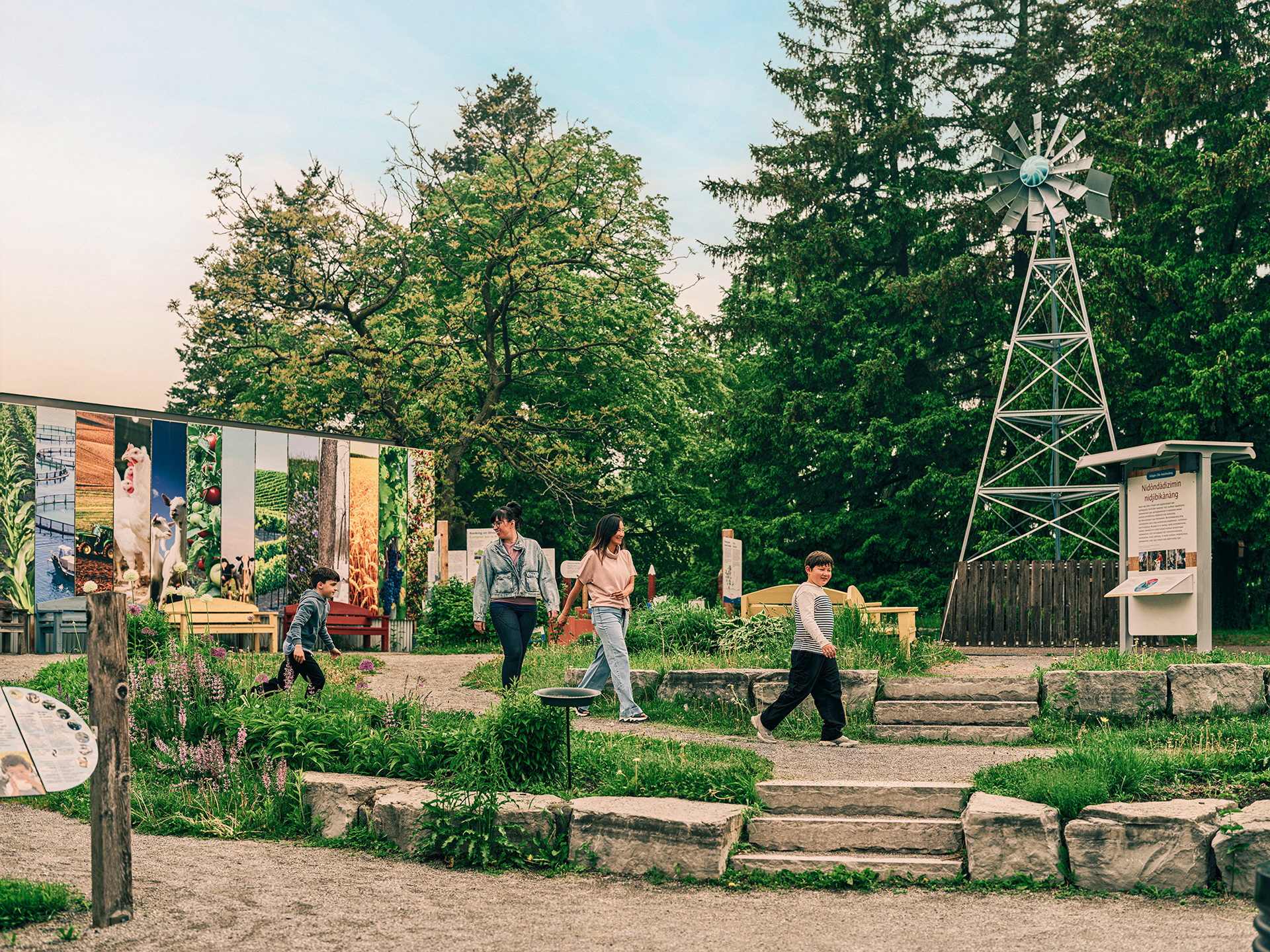
Discovery Park
Learn about agricultural innovation in this interactive park.
Explore our barns
A trip to the museum isn’t complete without a visit to our animal barns! Immerse yourself in farm life and get to know the animals who call our museum home.
Join us in the Demonstration Kitchen
Learn how to work with seasonal ingredients and watch recipes come to life in one of our daily cooking demonstrations.

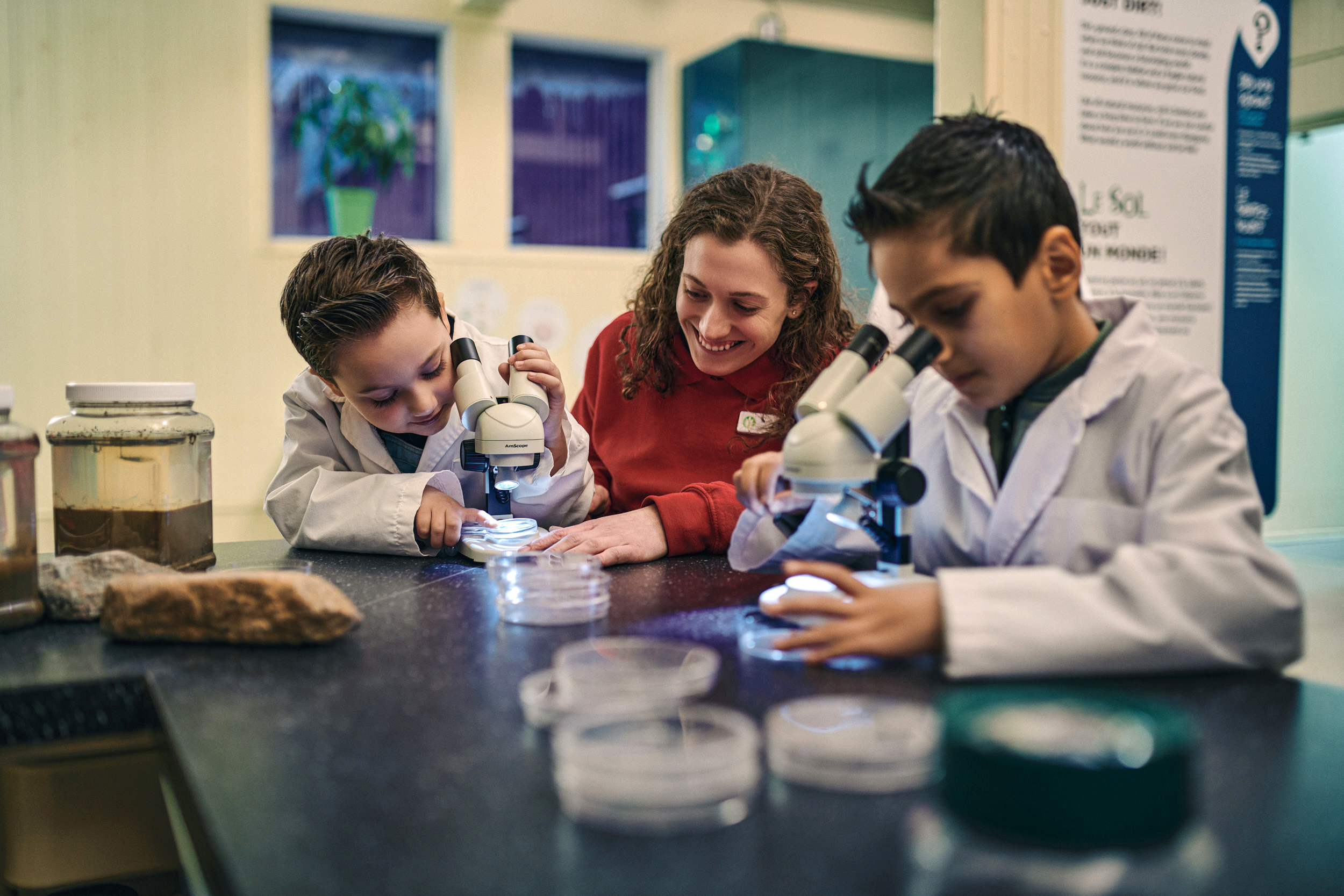
Dig in at the Soil Lab
Learn all about the soil beneath your feet through hands-on learning. From spring through fall, explore our outdoor gardens to see how healthy soil is key to producing ample crops.
Enjoy our outdoor spaces
Bring your skates and take a twirl on the museum’s ice rink, located under the Pavilion (weather-permitting). CSA-approved helmets are mandatory for any skaters under 10 years old, and any new skaters.

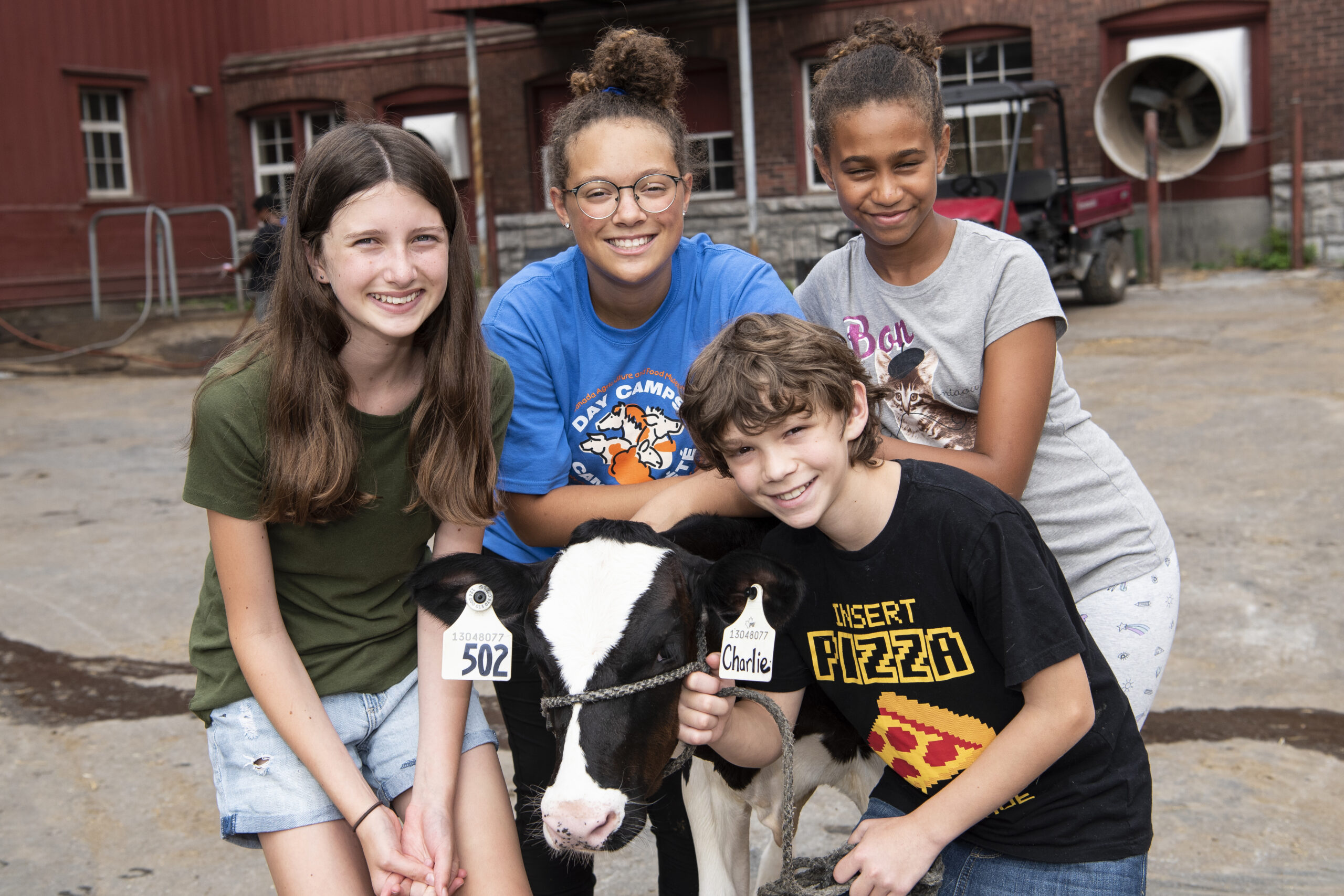
Summer camps
Registration is now open. Immerse your child in a one-of-a-kind farm adventure! At farm camp, kids engage in hands-on activities that educate and inspire as they care for animals, cook delicious foods, create unique crafts, and enjoy fun-filled games.



